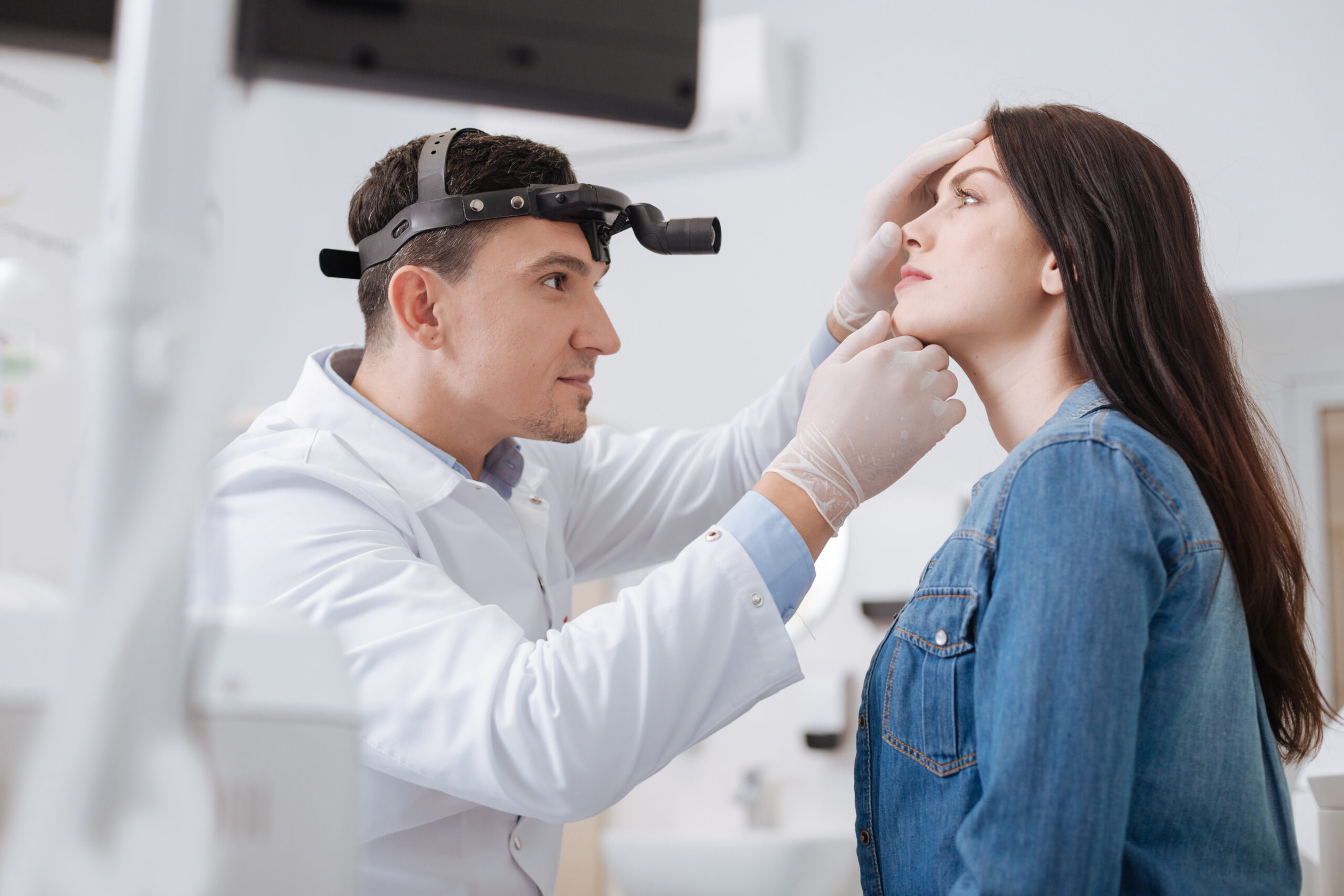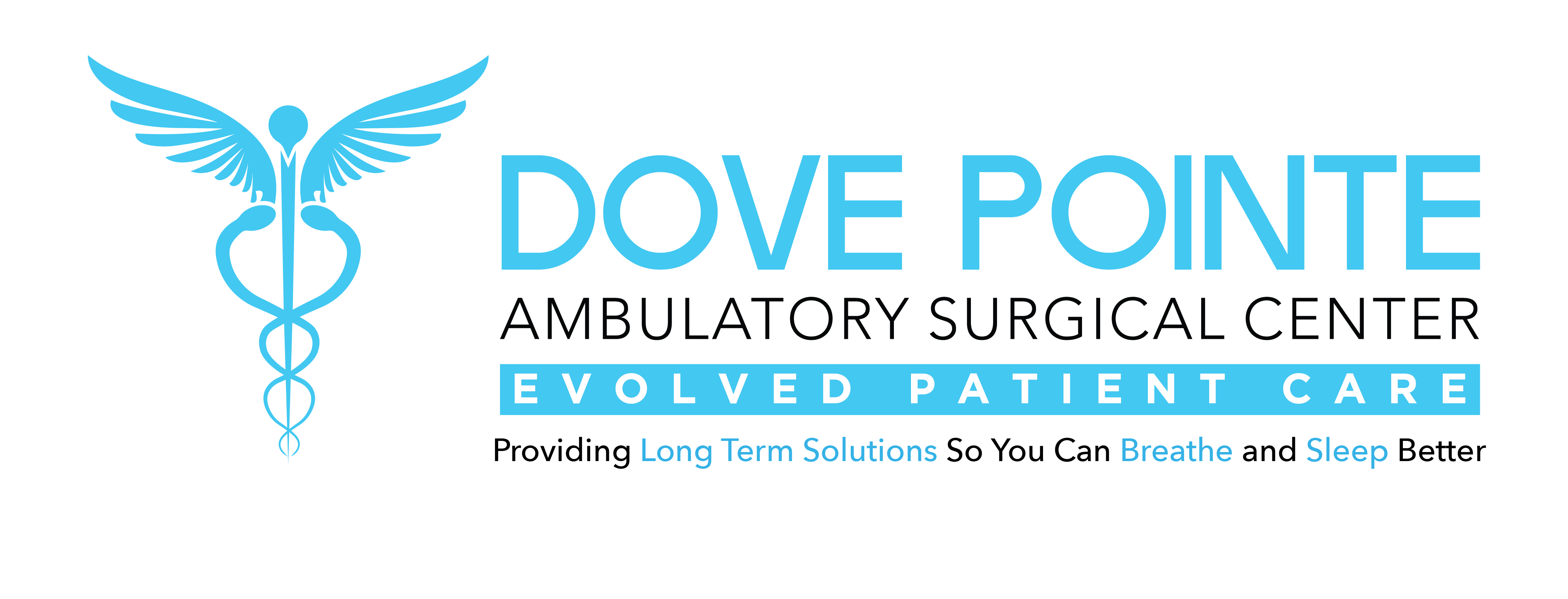Enlarged turbinates, or turbinate hypertrophy, is a condition that happens as the result of chronic inflammation of the mucosal membranes that cover the turbinates. When these membranes become chronically swollen, they can develop prolonged nasal congestion.
Fortunately, there’s a solution, and the McAllen certified physician assistant Jonathan Lerma and his team of sinus relief specialists at the Glatz Group of Valley ENT are here to help you understand your options for relief.
Understanding Turbinates
Turbinates are comprised of bone and soft tissue and are found inside the nose by the septum. The cartilage and bone are aligned with a thin protective membrane called mucosa which helps maintain moisture in your nose. There’s typically space between the septum and turbinates to let air pass through the nose, and the turbinates help bring warmth and moisture to the air that passes through.
There are three turbinates in both nostrils (inferior, middle, and superior), but the inferior turbinates impact airflow the most. For many, the soft tissue part of the turbinates is the key issue--where the turbinates become enlarged--causing nasal congestion and even obstruction.
Enlarged Turbinates Can Cause Nasal Obstruction
As mentioned above, if the inferior turbinates are too large, they can cause nasal obstruction in one or both sides of the nose. Nasal obstruction is a blockage of the nose or nasal cavity that affects your ability to breathe through the nose.
As a result, those affected tend to breathe through their mouth, often resulting in dry mouth. For others, these symptoms worsen at night and can impact sleep. Learn more about nasal obstruction and what else causes it here.
Watch Out for These Symptoms of Enlarged Turbinates
Symptoms of enlarged turbinates may include:
- Difficulty Breathing Through the Nose
- Snoring
- Nosebleeds
- Recurring Sinus Infections (Sinusitis)
- Constant Nasal Congestion
Diagnosis of Turbinate Hypertrophy
Generally, we will ask you about your symptoms and conduct a nasal examination via a lighted, 4mm nasal endoscope. The endoscope will help us see the nasal and sinus passageways and figure out the source of your nasal congestion. For certain patients, CT scans and allergy testing may also be done.
Treatment Options for Enlarged Turbinates
When enlarged inferior turbinates are confirmed as the main contributing factor of nasal obstruction, turbinate reduction procedures may be recommended to reduce the size of the turbinates and improve breathing.
Two of the most commonly performed procedures include Radiofrequency Ablation (RFA) and Submucosal Reduction (SMR). Both are efficient in shrinking the swelling of the turbinate mucosa and in decreasing the congested lining.
Radiofrequency Ablation (RFA)
In this procedure, a small probe is placed in the submucosal area of the turbinate (between the inner turbinate bone and the outer mucosal lining) and low-power radiofrequency energy is applied to minimize tissue volume.
Submucosal Resection (SMR)
For the SMR procedure, a small incision is made in the front part (head) of the inferior turbinate. General or local anesthesia is administered to the patient, and dissection is done by making a pocket in the submucosal lining for placement of a tool called a microdebrider. The microdebrider utilizes suction to gently pull up the engorged submucosal tissue and some bone of the inferior turbinate, and the rotating blades slice it down or shrink it. Once the submucosal lining has been reduced, the healing process begins and scar tissue forms to prevent the lining from swelling as it had prior to surgery.
Another Option to Open Up the Nasal Pathway
Moving or “out-fracturing” the turbinate bone may be suggested to particular patients to open up the nasal pathway. This is an additional operation that can be done alongside an RFA or SMR.
In an “out-fracture” procedure, the inferior turbinate Conchal bone is moved or “out-fractured” from its usual midline position to a more lateral position alongside the nasal sidewalls. This permits the primary component of the nasal airway to open up, enhancing improved airflow.
If you have any questions about Turbinate Reduction, you can look through our frequently asked questions (FAQ’s) here.
Meet with the Glatz Group of Valley ENT for all your Ear, Nose, Throat Needs
If you have any other questions about what to expect from Turbinate Reduction surgery, you can also refer to Jonathan's first-hand experience with the procedure in his video where you’ll also find the list of FAQ’s to give patients an idea of what to expect.
Due to COVID-19 concerns, we can address your symptoms through telemedicine based on your preference, comfort, and safety. If you need an appointment, you can rest assured knowing that we take the precautionary measures to protect our patients and staff. For a procedure done in our office, calls are also welcomed.
Treat Your Nasal Congestion and Feel Like Your Best Self When You Visit the Glatz Group of Valley ENT!



